The Chamber of Commerce calls it “The City Different.” Different from what? Different from the typical American city, the chamber means. But more and more Santa Fe comes to resemble every other city, and not only American cities in general, but any town where the blight of our techno-industrial age has laid down its heavy hand.
The core of Santa Fe has been well preserved, a museum piece of adobe palaces and mansions of mud. Height restrictions have saved the city—so far—from the usual plague of glass-walled skyscrapers and mainframe metal boxes thirty stories high. But outside of the traditional city, the inner city, the pretty city, the approaches are much the same as anywhere else: strips of commercial sleaze and shopping mall slums lining every highway for miles to the north and south. East and northeast of the arteries of business are the new residential areas, the middle-class or “Anglo” quarter, a neat and tidy reservation filled with overpriced villas of cinderblock, plasterboard, wallboard, tarpaper and chickenwire, the corners rounded and the surfaces sprayed with light brown stucco to give each structure the contemporary Santa Fe look. That is, the simulation of genuine fake adobe. The authentic imitation. Good enough for the forty thousand newcomers from Elsewhere, USA and Europe, who have poured into Santa Fe since the end of World War Two. Nobody seems to mind. Prosperity is irrefutable.
Not everyone shares in the new abundance. On the west and south of the city (where the poor always seem to find themselves) live the original inhabitants of this City Different, the native Mexican-Americans, that mestizo mixture of Indian and Spanish who never quite succeed in adapting, who never quite catch up. They brood among their flat-roof slums and junked automobiles, surviving on part-time employment and full-time welfare, breeding too many babies, training too many criminals, dreaming too many bitter dreams.
Indifference on the white people’s side, envy and hate on the other. Someday soon the lovely old town of Holy Faith will explode in class warfare, a warfare made even uglier by cultural incompatibility and the racial divide.
Polite people do not talk about such matters. Strolling about the icy streets last November, I too preferred to think of sweeter things. The volcano will erupt soon enough; why spoil the present? Enjoy, enjoy, they cried in Pompeii, unto and into the Latter Days.
Down the narrow street called Palace Avenue I passed the high adobe wall of the house where I once lived, for one frigid winter, during my youthful Bohemian days, the carefree 60s. The house belonged then to a friend of mine, the great Southwestern landscape painter John De Puy. “Debris,” as we called him, had fled the winter, pursuing a woman to Switzerland, Greece, Crete. He left me and another friend, a Yogi fakir from New Jersey named Frank Wohlfarth, in change of his fifteen-room palacio.
A serious mistake. John knew better. But love had deranged his mind.
Frank and I cleaned out the pantry and emptied the freezer the first week. Ate everything available, the canned goods, the frozen meats, the dried pastas, the last jar of peanut butter, the final box of cornflakes, the ultimate tin of smoked baby clams. We consulted our finances and each discovered that the other was broke, penniless, bankrupt. Neither of us had a job or any intention of finding a job. I was a writer, not a bloody employee. Frank was a mystic.
We did not panic, not even when the gas company shut off the gas, the power company turned off the electricity, the city cut off the water. We would do as artists always do—live by our wits.
Frank lit a joss stick, assumed the lotus posture, closed his eyes and subsided into a stupor of deep meditation, reducing his metabolism to that of a hibernating lizard. In that elemental state he could survive for weeks, living off body fat and bliss.
My response was different: I pawned the household furnishings piece by piece.
First to go was the antique canopied four-poster in the master bedroom, a grotesque and superfluous item in a home without the comforts of steady female companionship. I dismantled the massive thing and hauled it in my old pickup truck to a shop dealing in something known as “Distressed Freight.” My payment was sufficient to provide us with pinto beans and dried rice for a week. Such a diet, while bleak, supplies the essential protein for cold-weather nutrition.
A few ox-hide tapestries and hand-carved santos from the time of Coronado enabled me to buy such essential delicacies as eggs, coffee, wine, cream, French bread, Danish cheese, Knott’s plum jam, even the occasional odd Virginia ham in its burlap sack. We managed. Sri Aurobindo Frank, I must reveal, would descend from his astral world, from time to time, to share these simple pleasures with me. A mere snap of the fingers, accompanied by the aroma of fresh-brewed coffee and the sizzle of frying ham, was usually enough to bring him out of his trance and into the vulgar world of illusion, if only for an hour or so. Om, sweet Om.
The nights were long though, and the high mountain freeze sank deeper and deeper into our adobe walls, forcing us to close off most of the house and retreat, room by room, to the shelter of the main salon, where a fire of broken kitchen chairs, or splintered tongue-in-groove flooring from an unused back room, was always blazing cheerily in the huge though inefficient fireplace. We endured. The books disappeared. Then the drapes. Then the obscure old paintings in their gilded frames, the oaken table and chairs from the unneeded dining room, the chief kitchen appliances, gas range, freezer, hot water heater, refrigerator—none of them of much use to us in those long months when the temperature never rose above 32 degrees Fahrenheit. The house acquired an austere, bare look appropriate to its monkish inhabitants, an ascetic and medieval ambience, nicely improving the general décor. No one objected. Nobody complained. Our peace remained undisturbed. Frigid December because frozen January, gelid and unrelenting February. I scribbled my stories. Frank contemplated eternity. Herman Rednick covered the bare white walls with his lurid murals of erotic and profane love.
Rednick? He had appeared at midnight on New Year’s Eve, announcing himself with a thunderous barrage of blows on the front door. I opened the door. This total stranger stood there, a silly grin on his drunken face. “I’m an artist too,” he explained, then buckled to his knees and flopped inside. A blizzard whirled behind him. I dragged him into the house; he stayed for three months.
In late March came the warning telegram from Crete:
ED: DIVORCED AGAIN.
BARBONS APPROACHING SANTA FE. HOUSE FOR
SALE. TIDY UP QUICK PLEASE. URGENT.
JOHN.
Barbons? Yes, the parents of John’s Swiss wife, the actual owners of our magnificent adobe estate, were coming to salvage the debris of an impossible marriage. Heirs to a merchant’s fortune, they deplored waste, though a continent away.
I impounded Rednick’s brushes, aroused the Yogi from his dogmatic slumbers. We threw our few belongings into my antique Chevrolet pickup, hacked the ice from the windshield, thawed the motor over a low fire, and made a clean escape to Mexico one day before the vengeful Swiss arrived.
Twenty years later my friend John De Puy and I are still good friends. Frank disappeared into India, Rednick into New York, but Debris and I remain, as always, here, now.
Santa Fe also remains where it has been, frozen in its warp of time, surrounded by the besieging armies of 20th Century madness. Just as the old adobe mansion on Palace Avenue survived my earnest care, so will the ancient mud city of the Holy Faith outlast these transient, temporal, illusory barbarians of today.
1989 Postcript: Edward Abbey is the author of The Fool’s Progress, Desert Solitaire, The Journey Home and other books. Hayduke Lives!, the sequel to his classic 1975 novel, The Monkey Wrench Gang, will be published in the Spring of 1990.
Editor’s Note: This article appeared in the first issue of the Canyon Country Zephyr. Edward Abbey died March 14, 1989, while the paper was being printed.
To comment, scroll to the bottom of the page.
Don’t forget the Zephyr ads! All links are hot!

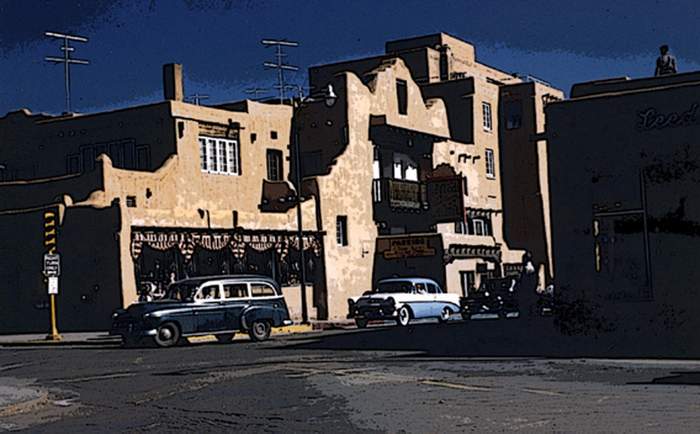
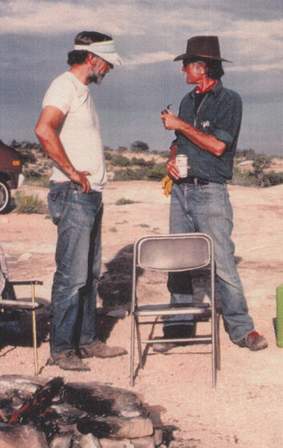

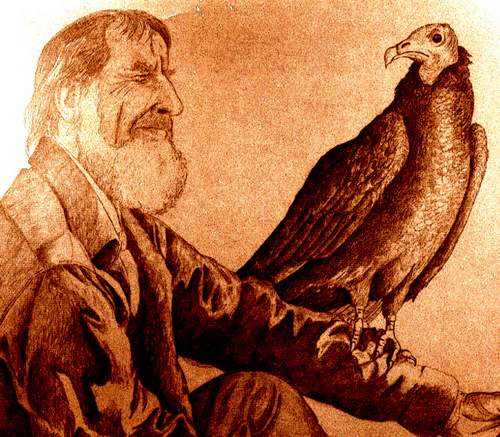
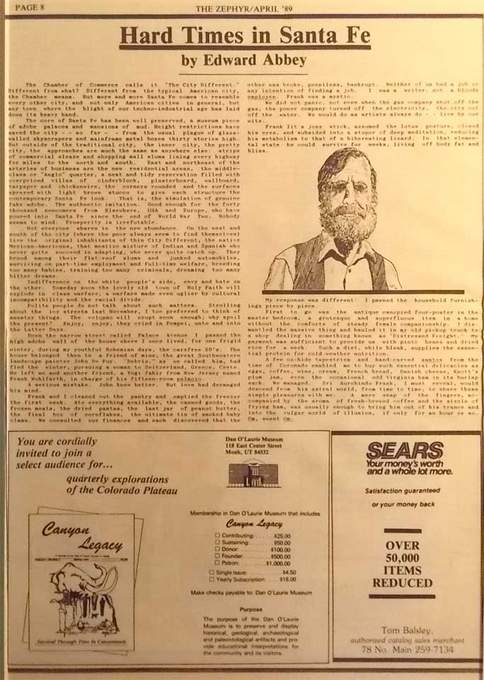

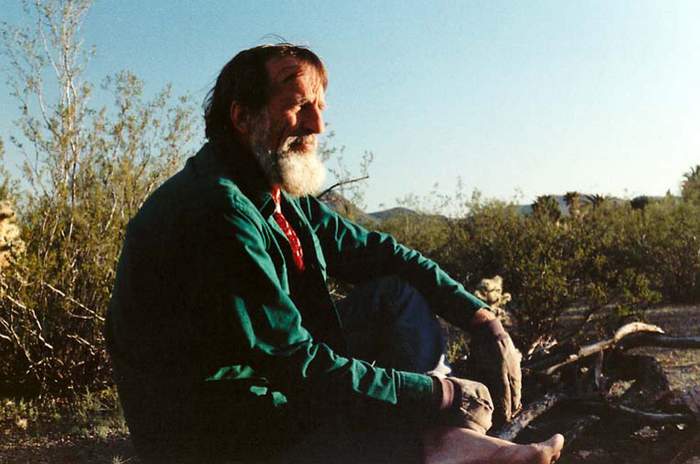

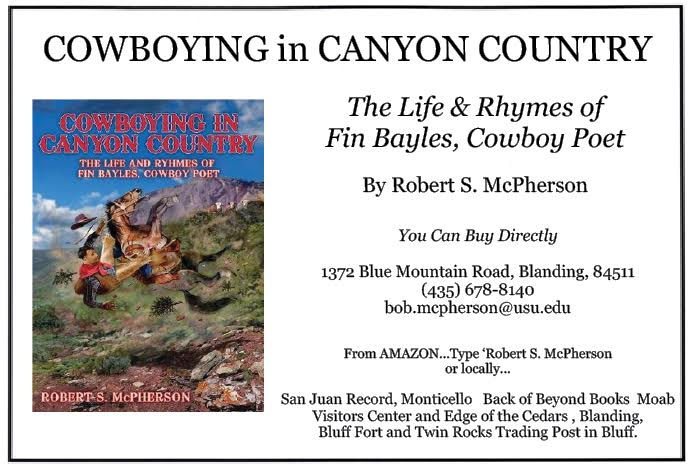
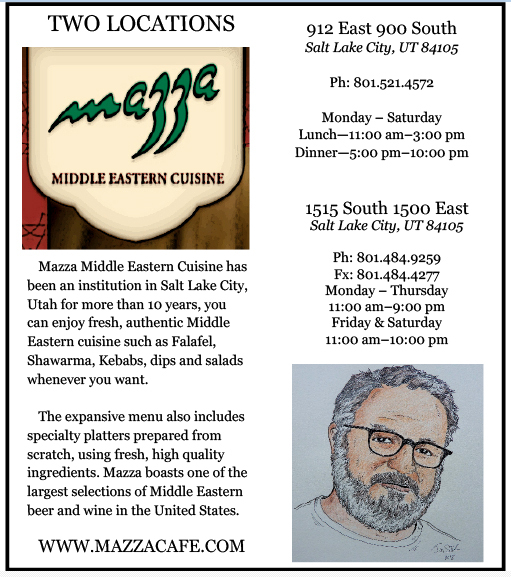
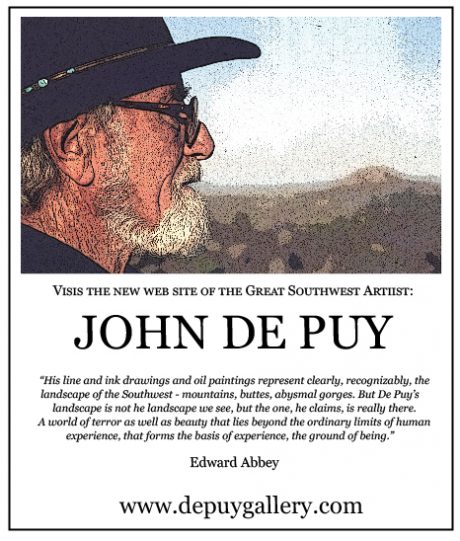
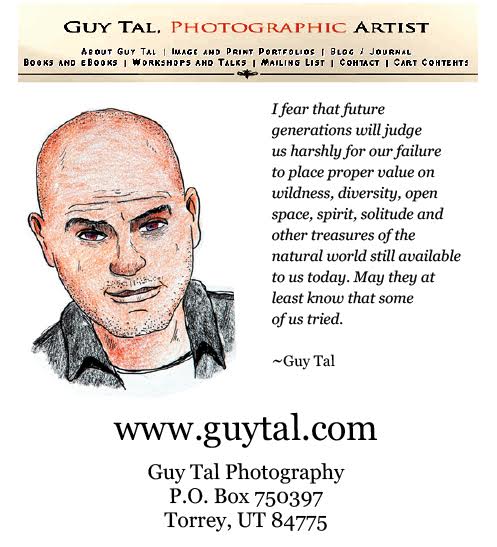


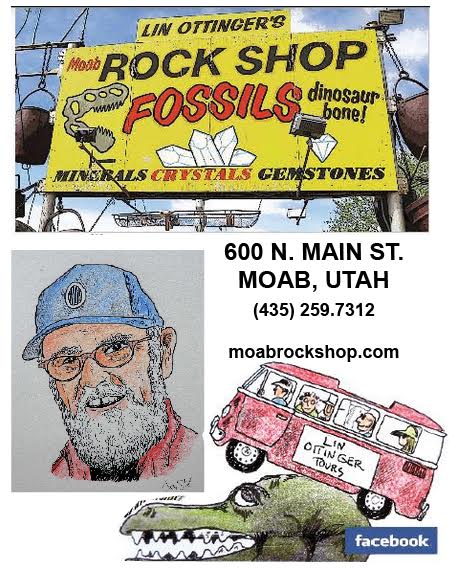

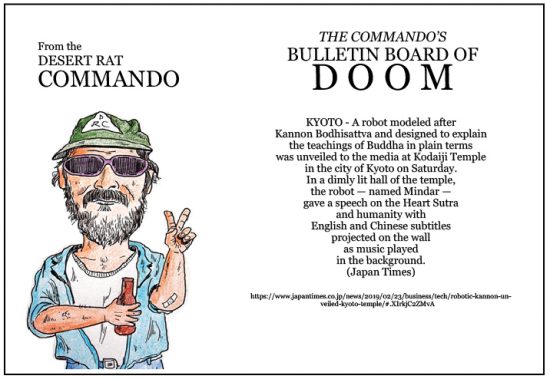
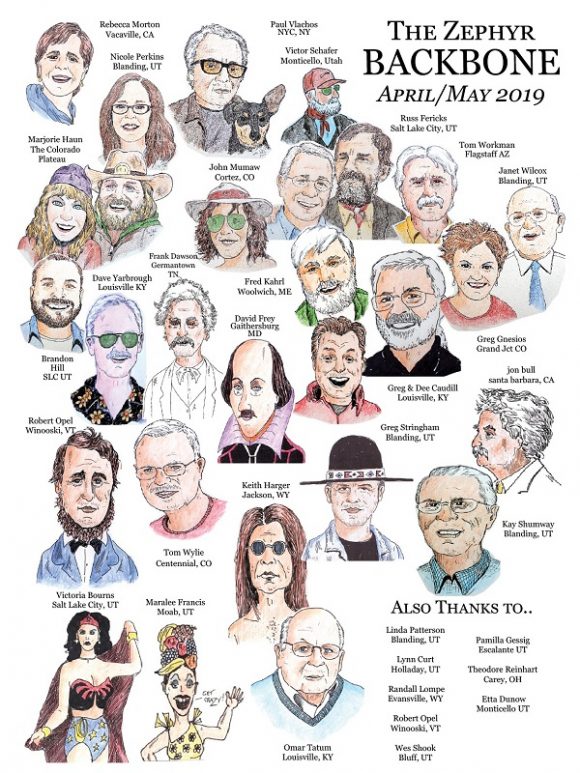
As always, Abbey tells a good story.
This was Ed’s possibly what, penultimate? ultimate? exercise at writing, first published by the Zephyr literally as Ed lay dying here in Tucson, 5 miles from where I type: “Edward Abbey died March 14, 1989, while [this] paper was being printed”.
Absolutely astounding.
Thanks, Stiles – your low-key means of explaining the provenance of this article fooled me for a second. Then I read the article twice more, and finally got it. Awesome piece of history. Salud, señor.
Very interesting story, and great to read because I too am having hard times in New Mexico and it makes me glad to be here anyhow!
Hello – My parents from the east coast were friends of Herman Rednick. I met him when I was still l young and now I am old passing through Taos and thought to look info up about him. I heard of him in my teens and knew him in person and stayed in touch with him even though from the east coast. I just don’t believe mister Abby’s story because it does not fit Herman’s life long character…he was extremely shy, extremely humble and because of his spiritual experiences since childhood and spiritual search since early teens -, alcohol, drugs and erotic sex were not part of his make up. I heard that to study with him one had to give up alcohol and recreational drugs. I believe this. Knowing of him in his later years, I suspect he probably turned up at Mr. Abby’s door starving, freezing and his supposedly lewd paintings were probably paintings with elemental forms landscapes and people, even as he so painted his whole life – seeing the spiritual presences in people and landscapes. May this reveal the truth about him.
I heard about Ed Abbey’s account of his time with Herman Rednick. I’m a visionary artist also, and I apprenticed with Herman Rednick for 10 years in Taos, NM. I had a very intimate view into his life as we met once a week to paint. Herman was not like this portrayal. I never saw him drink any alcohol and never saw an ‘erotic or profane’ painting in his possession. All of us have gone thru stages, who knows maybe Herman was going thru a phase of exploring something, as I have done plentifully in my own art past. If I would become known for certain phases of art I’ve gone thru, I would be a laughing stock!! …one burns those. I learned so much from Herman. He was a rare man.
Say what? Fake news? What we need is more of it. First the Coronas, then the virus.